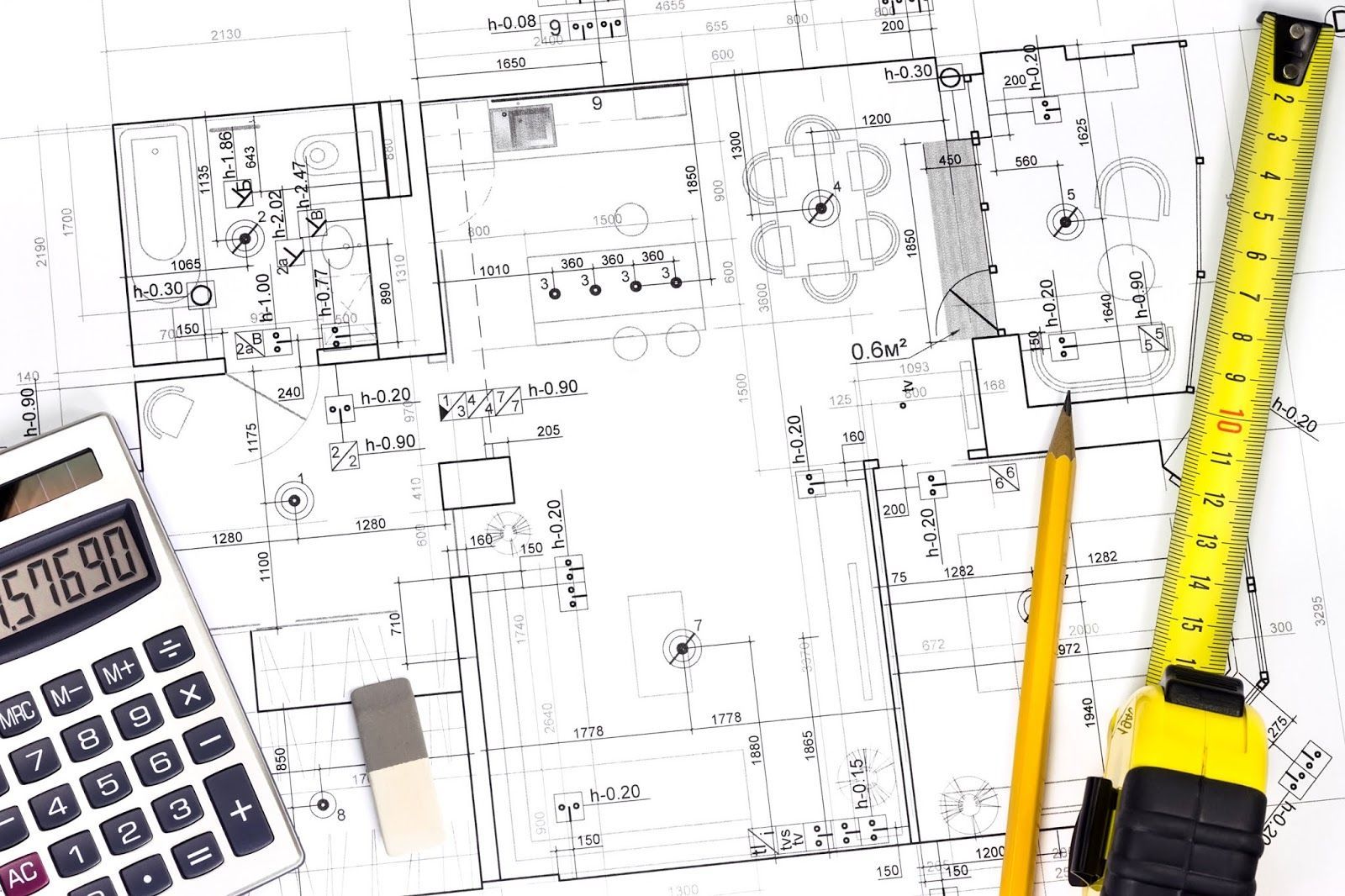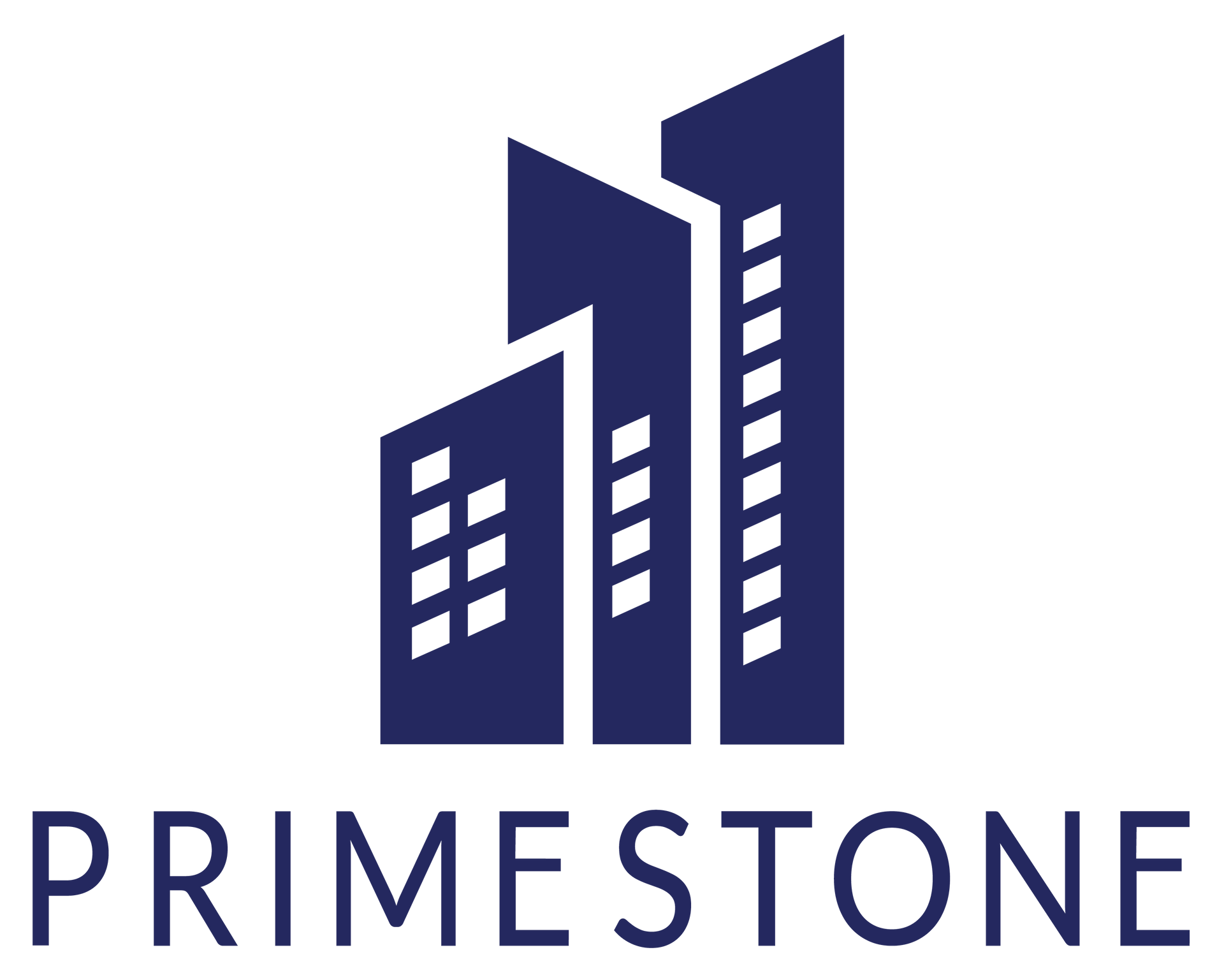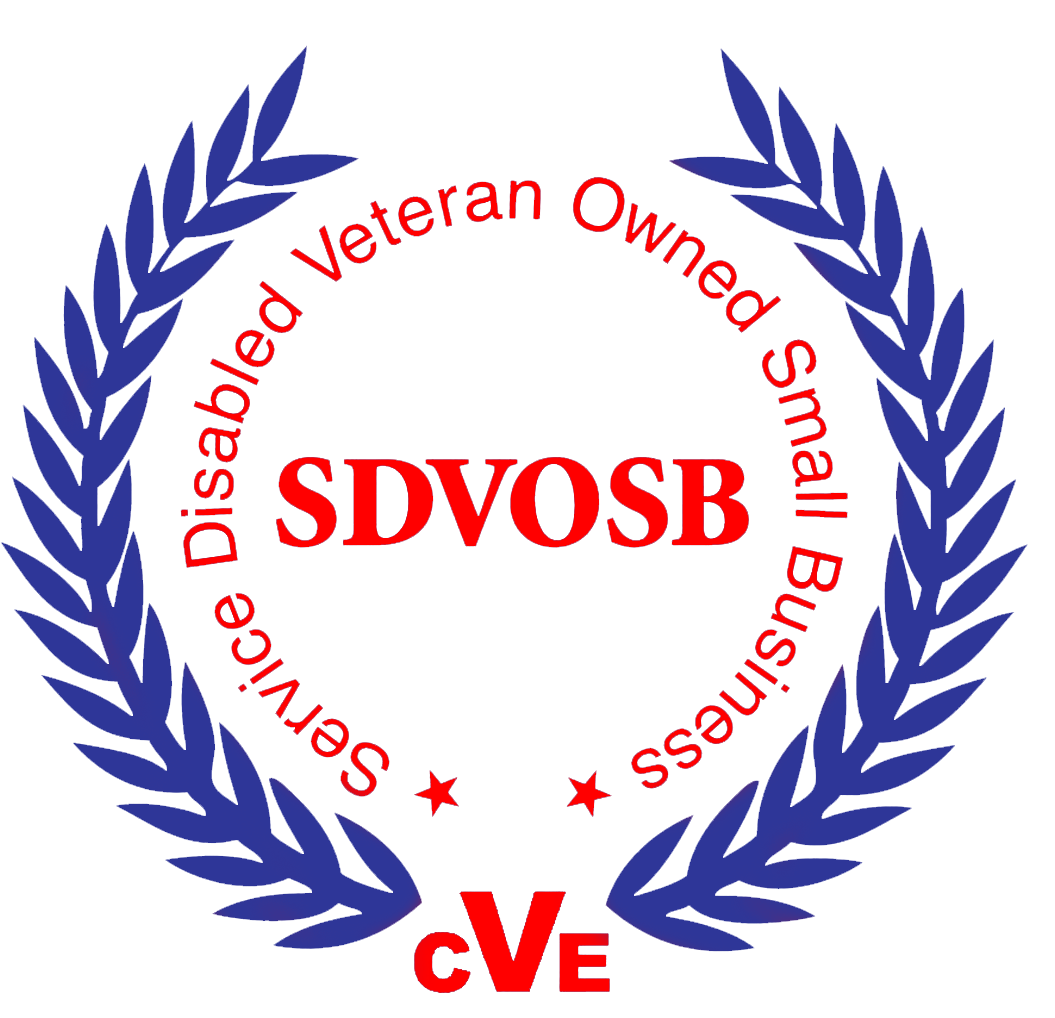Exciting Milestone Alert - Primestone Achieves Empire State Development SDVOB Certification!
🚀 Exciting Milestone Alert: Primestone Achieves Empire State Development (ESD)
SDVOB Certification! 🎉
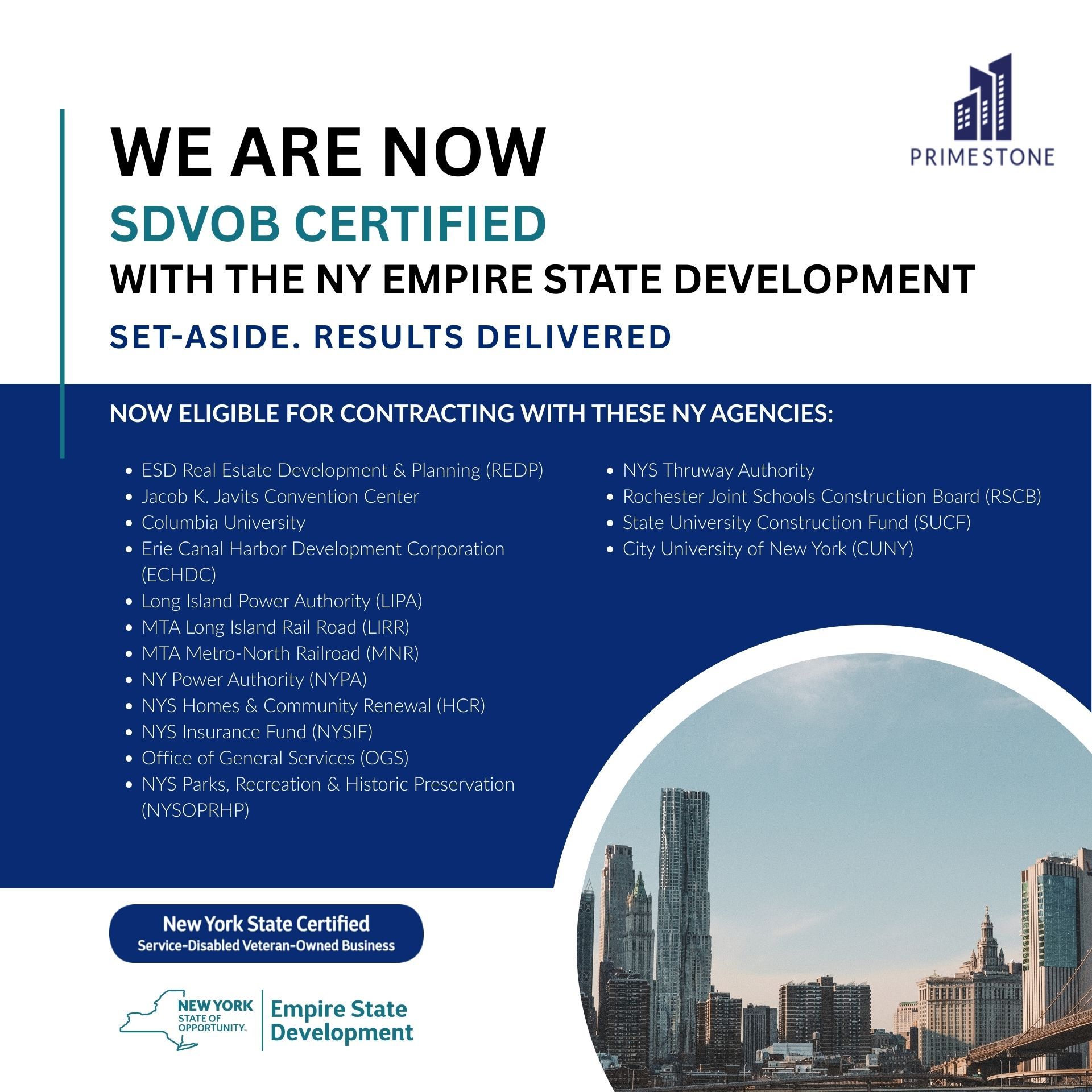
We’re proud to share that The Primestone Group is now officially certified as a Service-Disabled Veteran-Owned Business (SDVOB) through Empire State Development (ESD).
This certification unlocks new opportunities for A/E firms, project owners, and construction law firms looking to meet their SDVOB goals while continuing to work on some of New York State’s most high-impact projects.
💡 Primestone brings decades of experience in claims consulting, risk strategy, cost analysis, and expert advisory services and we’re built to support teams already doing the heavy lifting on infrastructure, development, and public-sector work.
We now qualify for SDVOB set-aside work connected to major institutions, including:
🏙️ ESD Real Estate Development & Planning
🏫 Columbia University
🚆 MTA LIRR & Metro-North
🏗️ NYC DDC, NYPA, NYSIF
📚 SUNY, CUNY, and more...
If your firm is working with any of these agencies and needs a trusted SDVOB partner—we’re ready.
Let’s build something together.
